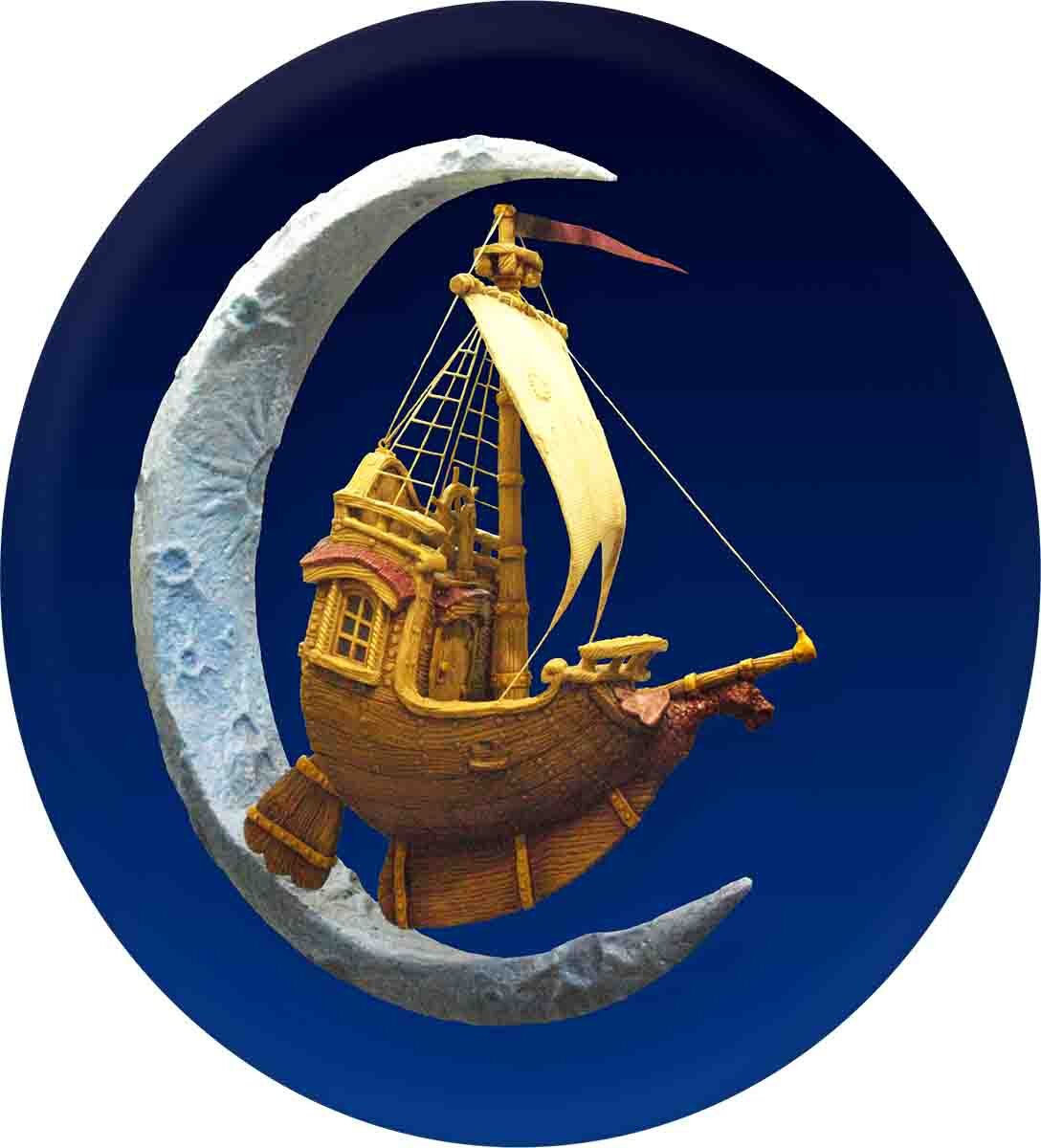In preparation for painting, we gave the foam a rough coat of sculpting epoxy followed by a final coat into which we carved the detail. The rough rock texture was achieved by pressing in some crumpled, heavy duty tinfoil. We let it cure and then applied a base coat of acrylic paint.
While the paint dried we sculpted a few more details on the jeep. The windshield 'glass' is a piece of lexan cut from a face shield.
Then it was time for some more painting.
Painting out of three different buckets of coloured glaze, we started slopping on the colour. We sloshed on the paint, spritzed it with a water sprayer, and towelled things off with a shop rag.
Once the rock and undercarriage of the Jeep were finished, we glued the wheels permanently to the steel studs sticking out of the rock. The Jeep’s body still lifts off for ease of painting.














